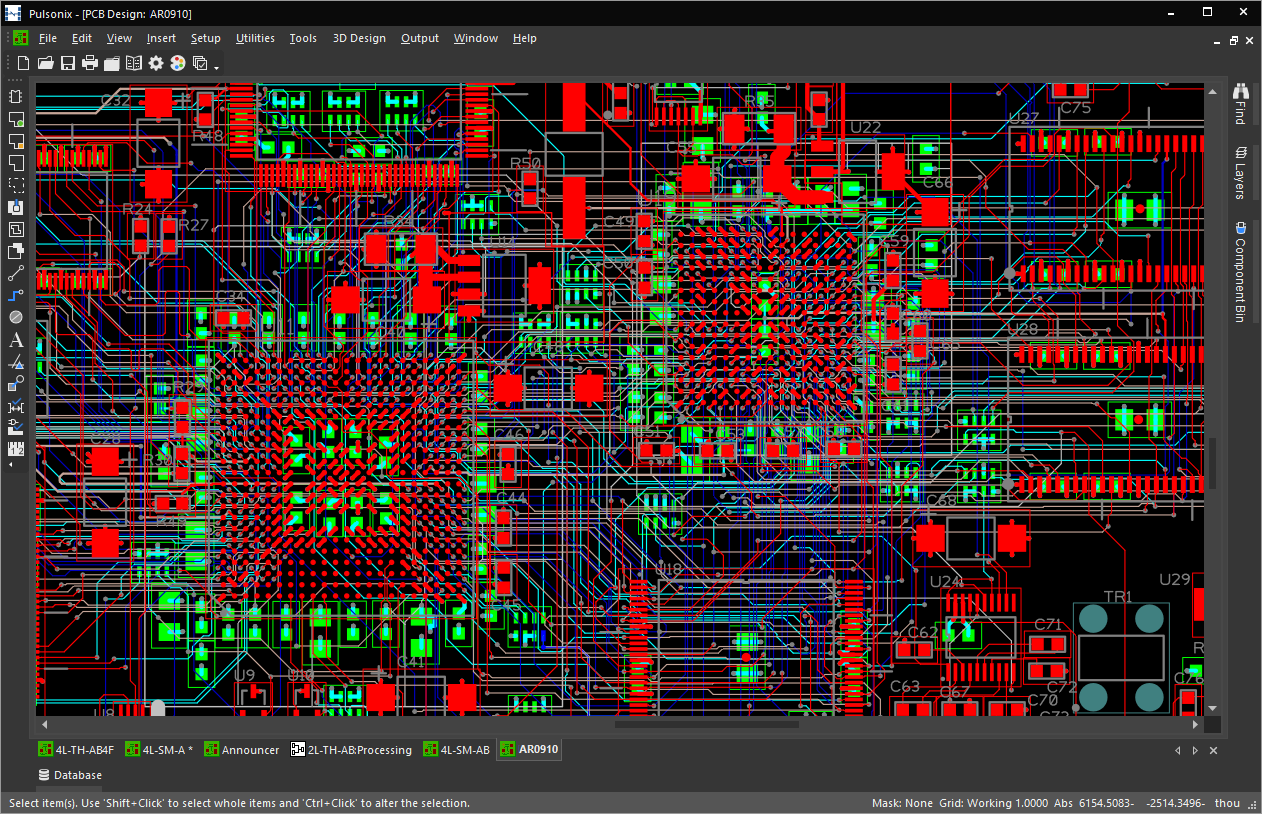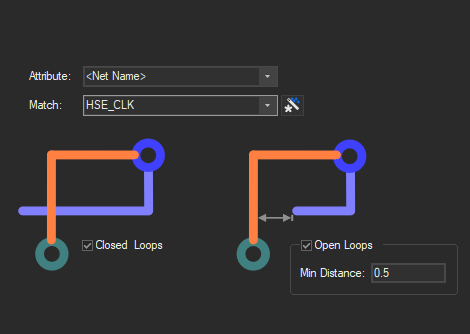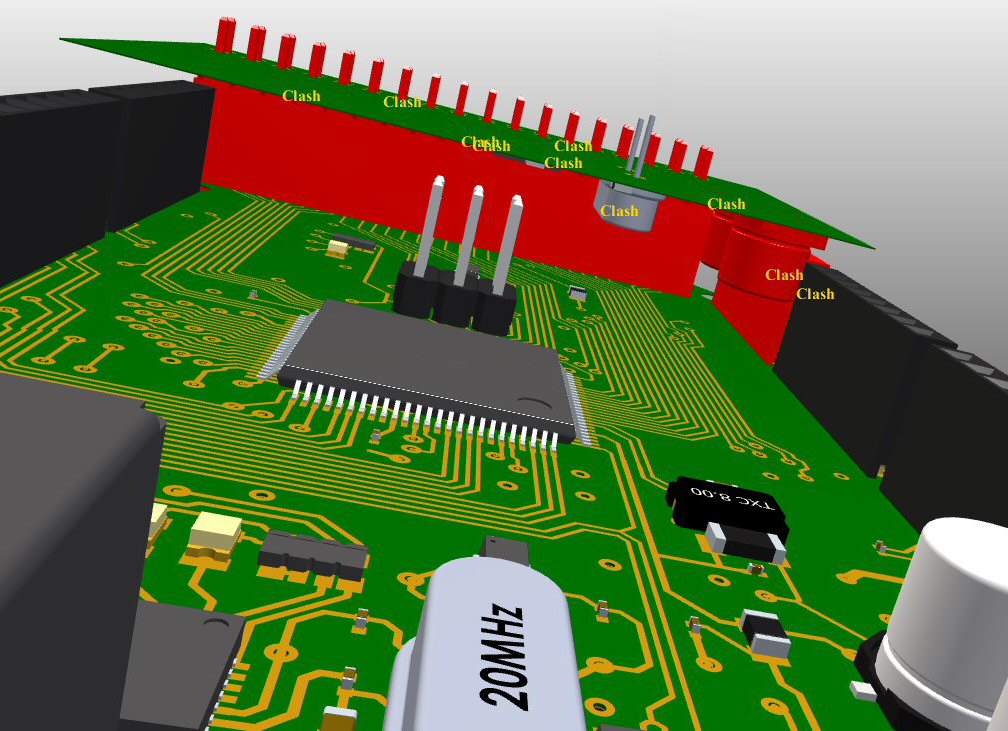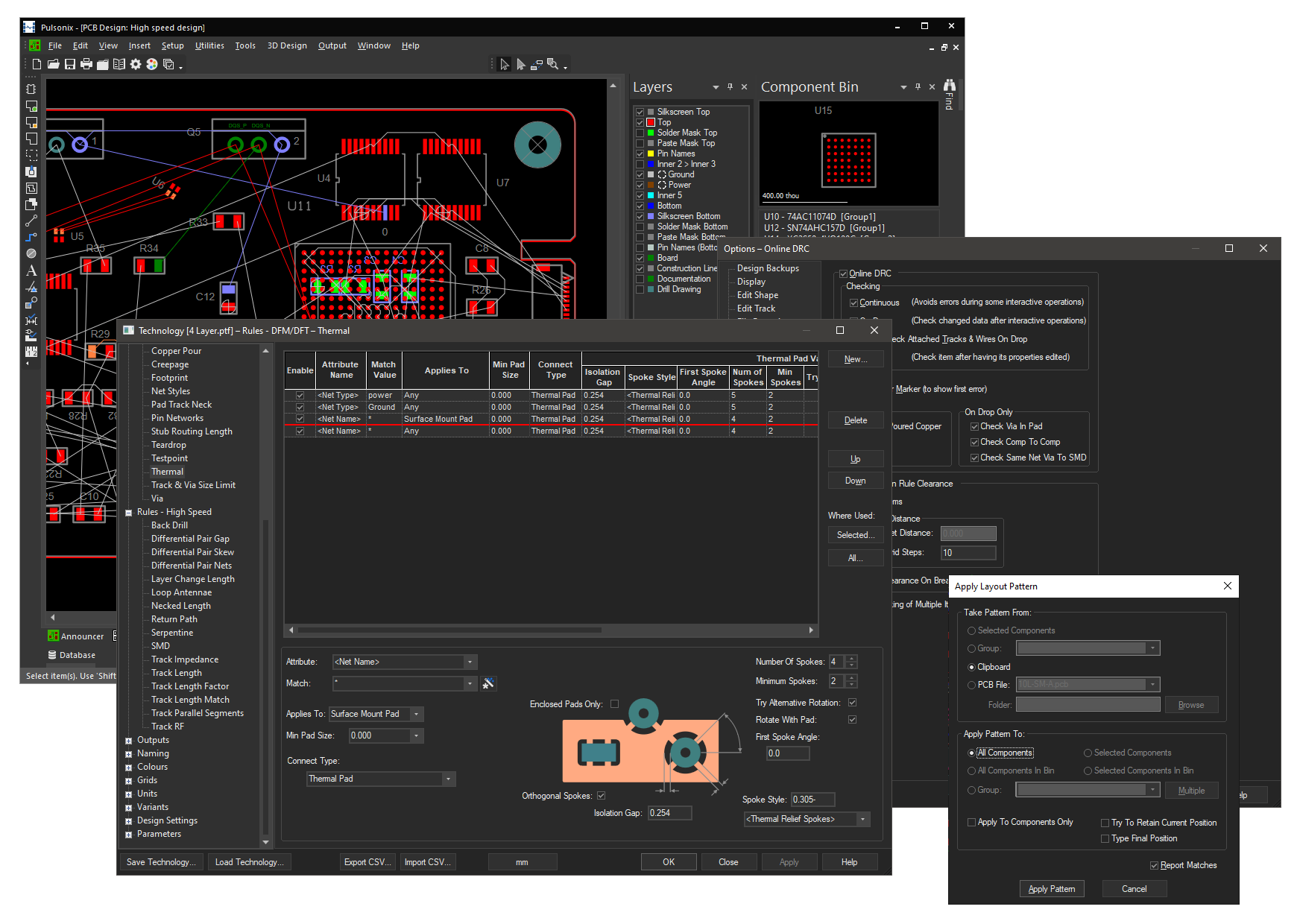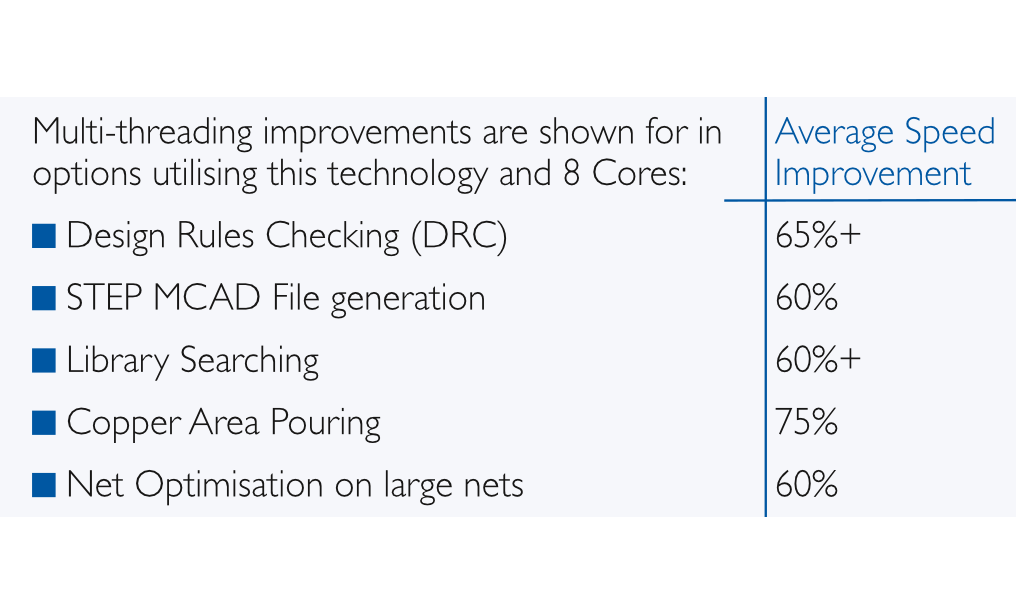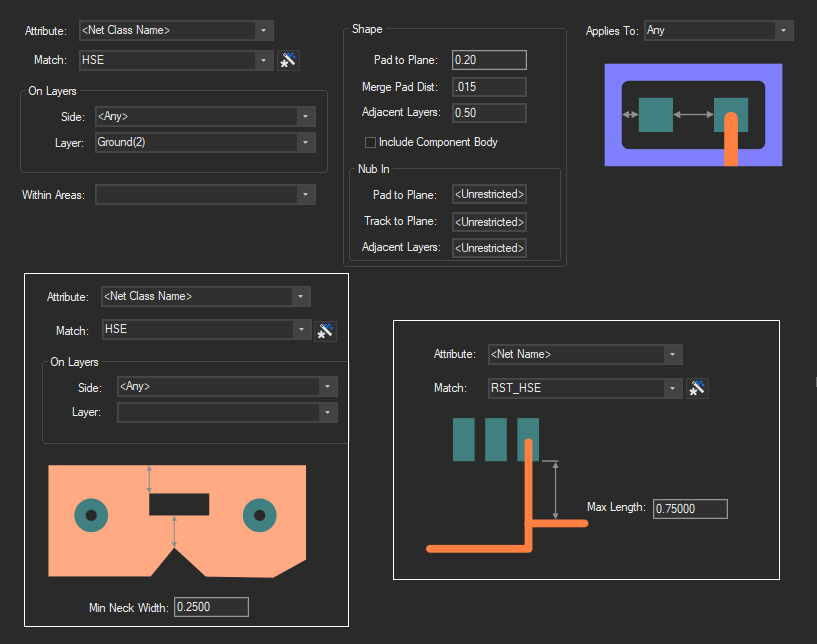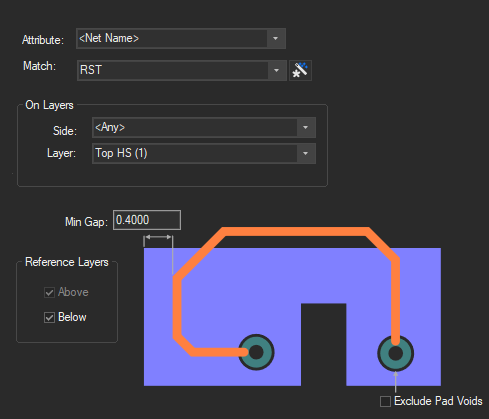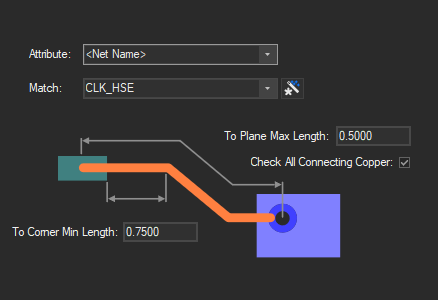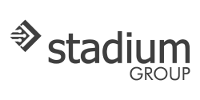Pulsonix V12.0
Dark Mode User Interface
With the introduction of the Dark Mode theme it means less eye strain and fatigue for Pulsonix users. For users who
prefer the 'light' style, the new light icon set and scalable SVG icons further improve the experience, especially
when using a 4K monitor.
3D Multi-board and Folding with Clash Detection
The ability to read two or more boards into the 3D co-design environment is now available. Once in the 3D Preview, the boards can be ‘folded’ to show their relative
positions within the final assembly and live clash detection performed in real time.
64-bit Architecture
With a re-write to accommodate the new 64-bit architecture implementation, Pulsonix 12.0 is significantly faster where large designs are able to utilise
the increased memory address space; speeds of up to 35% have been experienced.
Enhanced Layer-Switching Performance
Smart generation of graphics in Version 12.0 has significantly improved the layer-Switching performance on designs. This is typically where highly populated
and dense layers are being used in a PCB design.
Speed Improvements with Multi-Threading Technology
Additional multi-threading capabilities speed up time-consuming routines such as Design Rules Checking, STEP MCAD file creation and Library searching. This further
improves productivity with typically around 65% increased speed on larger designs!
New DRC and DFM Rules
With the introduction of new DFM rules within the DRC function, you can ensure designs are created right, further up the design process. New rules have been introduced
for Min Solder Mask Width, Min Text Size, Solder Mask to Track and a Track Mitring rule.
Return Path Rule
The return path rule ensures that track is covered by copper on defined reference layers (Above and/or Below the layer), and is greater than the defined minimum
distance away from the edge of the copper.
New HSE Rules
New HSE rules for Pulsonix include Stub Routing Length, SMD to Track Corner, SMD to Plane and Anti-Pad plane rules. These are available where more precision is required when designing
critical advanced circuits.

